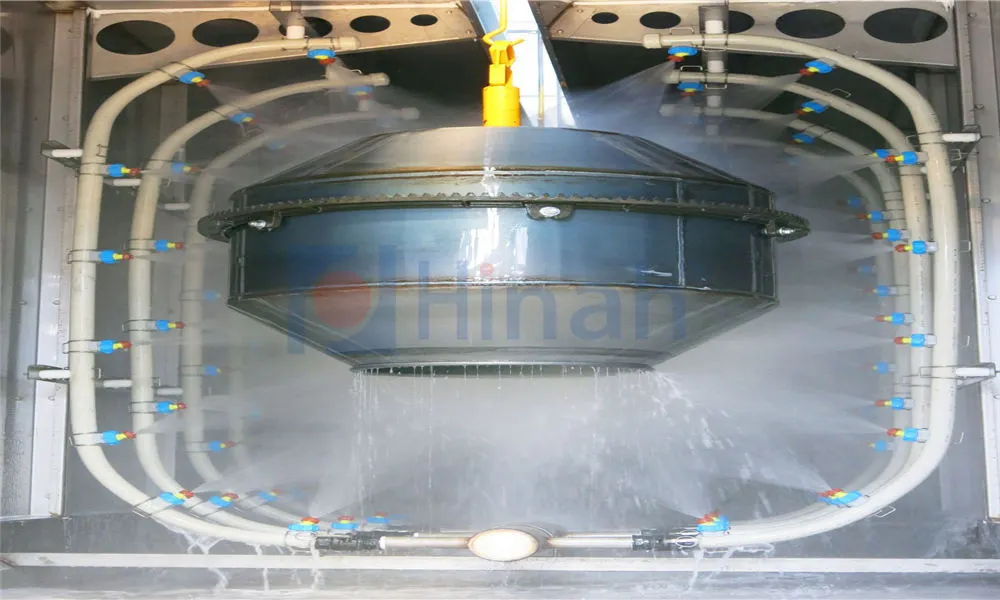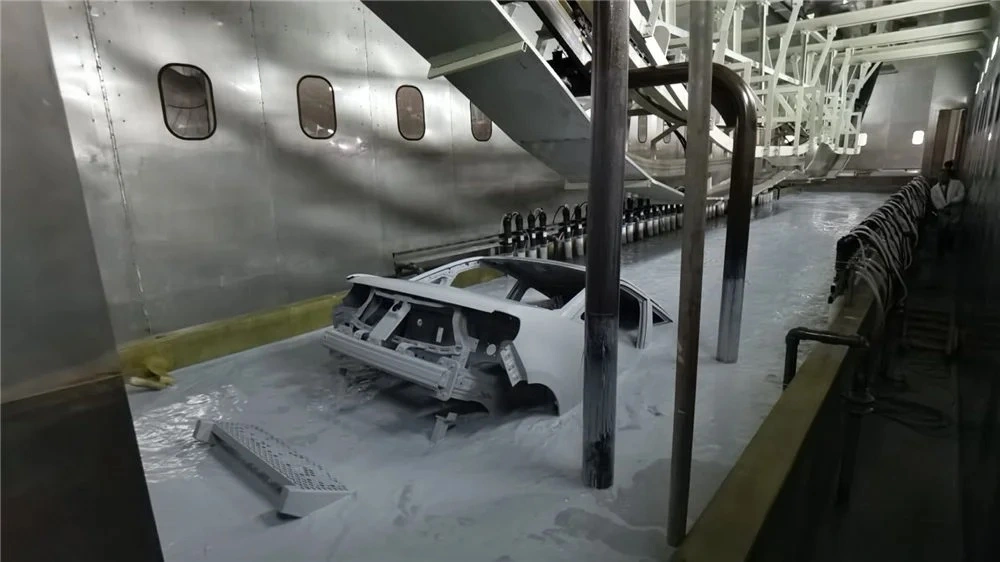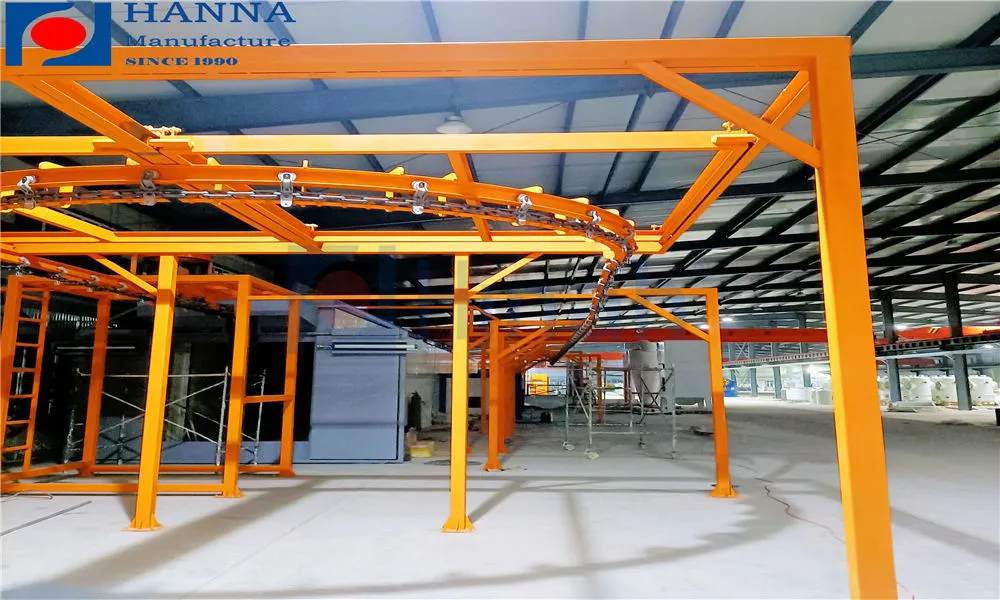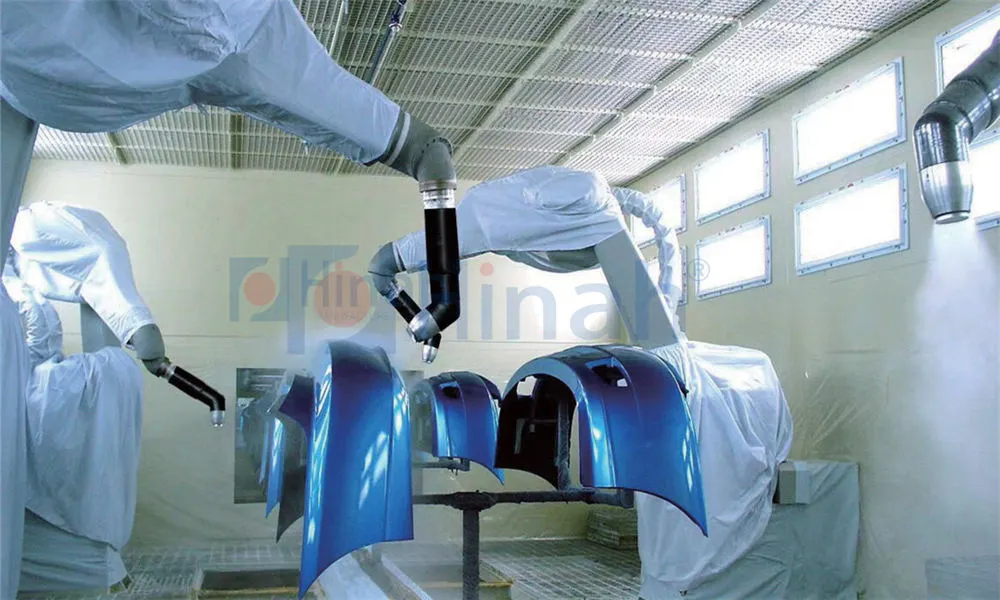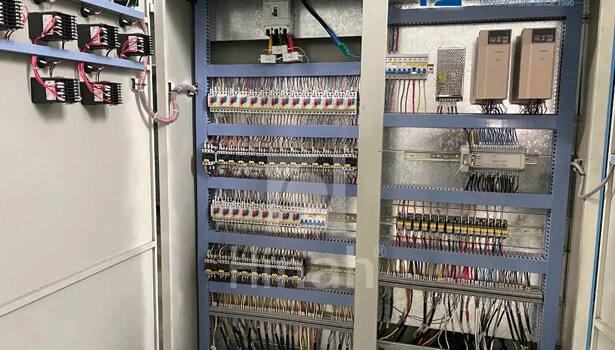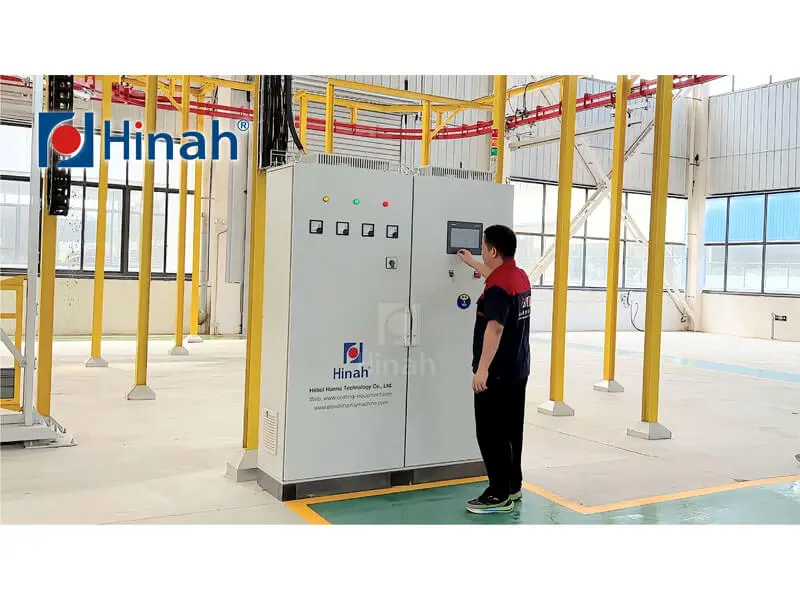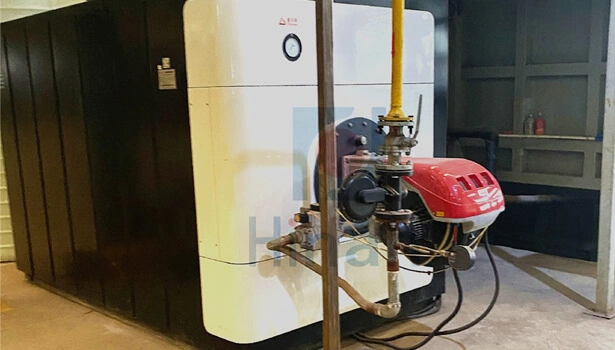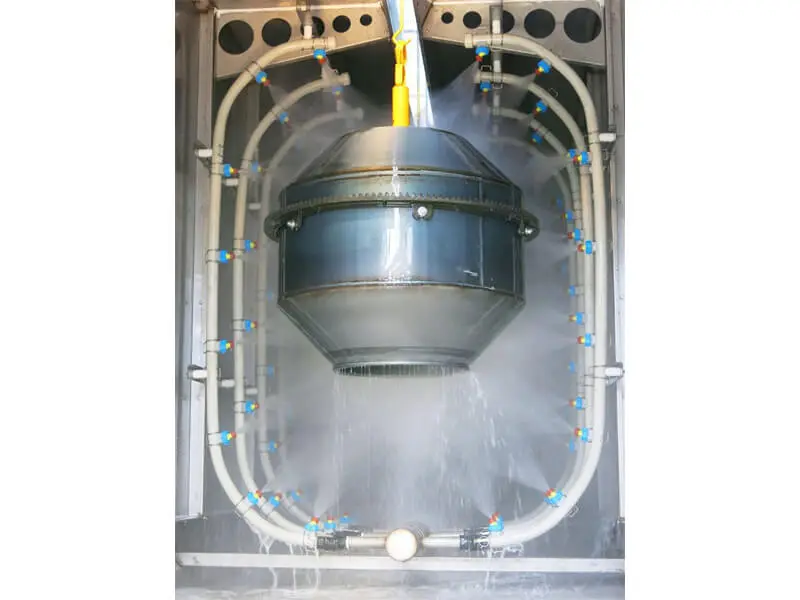If you are in the market for industrial finishing equipment, a powder coating oven for sale is likely high on your list. These ovens are the heart of any powder coating operation, crucial for curing the powder into a durable, high-quality finish. Whether you're setting up a new line or upgrading existing equipment, navigating the market can be complex. This article will guide you through the process to buy powder curing oven equipment, analyze the factors affecting powder coating oven price, and help you identify a reliable powder coating oven supplier. We'll also address common challenges to ensure you make a well-informed investment.
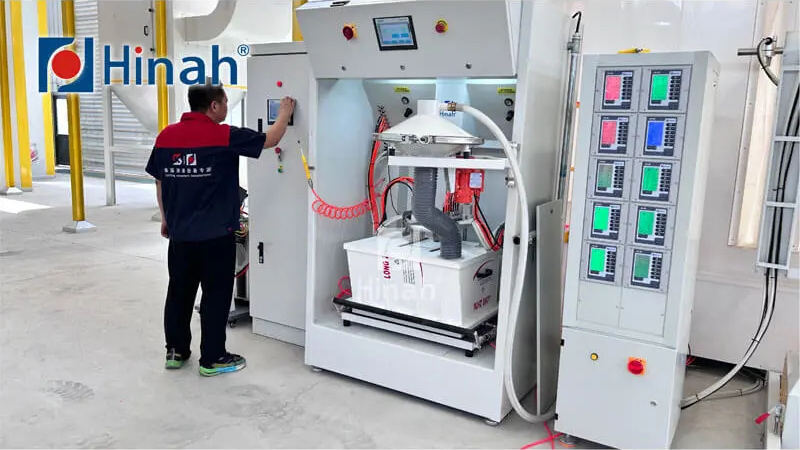
Understanding Powder Curing Ovens
Before diving into the purchasing process, it's essential to understand what a powder curing oven does. After the powder is electrostatically applied to a part, it enters the oven. Here, controlled heat causes a chemical reaction that cures the powder, transforming it from a dry substance into a smooth, continuous film. The result is a finish renowned for its durability, resistance to chipping, scratching, and fading.
The efficiency of your entire operation hinges on this piece of equipment. A well-chosen oven ensures consistent quality, maximizes throughput, and minimizes energy consumption. Conversely, the wrong oven can lead to defects like incomplete curing, yellowing, or energy waste.
Key Considerations When You Buy Powder Curing Oven
Choosing the right oven is not a one-size-fits-all endeavor. Several critical factors must align with your specific production needs.
1. Oven Type and Heating Method
The first decision is the type of heat transfer and the oven's design.
Electric vs. Gas: Electric ovens use heating elements to heat the air, offering precise temperature control and a cleaner operation. Gas ovens use natural gas or propane burners, which are often less expensive to operate but may have higher upfront costs and require venting.
Infrared (IR) Ovens: IR ovens use electromagnetic radiation to heat the parts directly, not the air. They offer incredibly fast cure times and are highly energy-efficient for simple, flat parts. However, they can struggle with complex, three-dimensional parts due to shadowing effects.
Convection Ovens: These are the most common type. They heat the air, which then transfers heat to the parts. They provide even, consistent heat for parts of all shapes and sizes but typically have longer heat-up and cure times compared to IR.
2. Size and Capacity
The physical dimensions of your oven are paramount.
Workload Size: Determine the largest part you need to coat and ensure the oven's interior dimensions provide adequate clearance.
Production Volume: Calculate your current and projected parts-per-hour rate. This will dictate whether you need a batch oven (for lower volume) or a conveyorized continuous oven (for high-volume production lines).
3. Control Systems and Automation
Modern ovens come with sophisticated control systems.
Basic Thermostats: Suitable for simple operations.
Programmable Logic Controllers (PLCs) and Touchscreen HMIs: These allow for precise recipe management, storing temperature and time settings for different products, and providing diagnostic information. This is crucial for repeatability and quality control.
4. Insulation and Efficiency
High-quality insulation (typically mineral wool or fiberglass) is vital for retaining heat, reducing heat-up times, and lowering ongoing energy costs. Look for ovens with robust insulation ratings.
5. Compliance and Safety Features
Ensure any oven you consider meets all local and national safety standards. Key features include properly rated motors, emergency stop buttons, adequate ventilation, and compliance with NFPA (National Fire Protection Association) or other relevant codes.
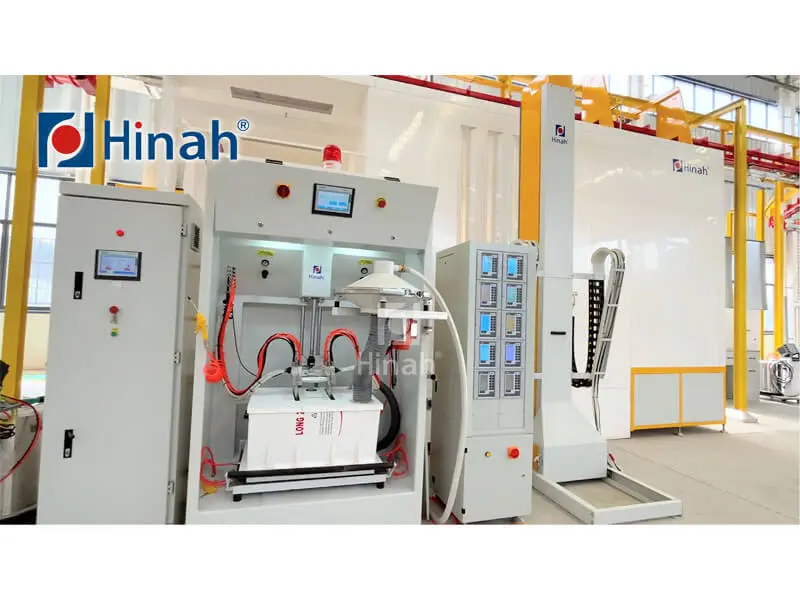
Analyzing Powder Coating Oven Price Factors
The powder coating oven price can vary dramatically, from a few thousand dollars for a small batch oven to hundreds of thousands for a large, custom-conveyorized system. Understanding what drives these costs helps you budget effectively.
Size and Scale: This is the most obvious factor. A walk-in batch oven will cost less than a 100-foot-long conveyorized monorail system.
Heating Method: Gas ovens often have a higher initial equipment cost but lower operating costs. Electric ovens can be cheaper to purchase but more expensive to run, depending on local utility rates. IR systems sit in a unique space, offering savings on operational costs for the right applications.
Materials and Build Quality: Ovens built with heavier-gauge steel, superior welding, and high-quality insulation will command a higher price but offer better longevity and efficiency.
Control Systems: A basic manual control system keeps costs down. Adding advanced PLCs, data logging, and remote monitoring capabilities will increase the price.
Customization vs. Standard Models: A standard, off-the-shelf oven is the most budget-friendly option. Any customizations—special dimensions, unique door configurations, specific paint finishes—will add to the cost.
New vs. Used/Refurbished: A significant way to manage the powder coating oven price is to consider a quality refurbished or used oven from a reputable supplier. This can offer excellent value, though it may come with a shorter warranty.
How to Choose a Reputable Powder Coating Oven Supplier
Finding the right powder coating oven supplier is just as important as selecting the oven itself. A good supplier is a partner in your success.
Experience and Reputation: Look for a supplier with a long track record and positive testimonials or case studies. Ask for references from clients with similar needs to yours.
Industry Knowledge: A great supplier won’t just sell you an oven; they will act as a consultant. They should ask detailed questions about your process, parts, and goals to recommend the best solution.
Service and Support: Inquire about installation, training, warranty, and after-sales support. Can they provide routine maintenance and spare parts quickly? The availability of technical support is critical for minimizing downtime.
Manufacturing Capabilities: Determine if they are a direct manufacturer or a distributor. Working directly with a manufacturer can sometimes offer more customization options and better pricing.
Quality of Construction: If possible, visit their facility to see how their ovens are built. The quality of welding, wiring, and overall craftsmanship is a strong indicator of the product's reliability.
Common Questions and Challenges When Buying a Powder Coating Oven
Even with thorough research, buyers often have questions and face hurdles.
Q: How do I calculate the necessary BTU or kW requirements for my oven?
A: This is a complex calculation based on the oven size, desired heat-up time, operating temperature, part mass, and production rate. A reputable powder coating oven supplier will perform this calculation for you as part of the quoting process. Never guess on this critical specification.
Q: What are the most common curing problems related to the oven?
A:
Orange Peel: Usually an application issue, but can be exacerbated by incorrect oven temperature.
Incomplete Cure: Caused by the oven temperature being too low or the cure time being too short. Parts may be soft and lack durability.
Over-Cure: Caused by excessive temperature or time. Can lead to yellowing of light colors (especially clear coats) and reduced mechanical properties.
Pollution: Silicone or oil contamination in the oven air can settle on parts, causing fish eyes or craters in the finish.
Q: Can I retrofit or upgrade my existing oven?
A: Often, yes. Many suppliers offer retrofit services to improve insulation, upgrade control systems, or convert from electric to gas (or vice versa). This can be a cost-effective way to extend the life and improve the performance of your current equipment.
Q: What kind of maintenance does a powder coating oven require?
A: Regular maintenance is crucial. This includes:
Inspecting and replacing air filters on combustion systems.
Checking and calibrating thermocouples and temperature controllers.
Inspecting heating elements, burners, and fans for wear.
Keeping the interior clean to prevent fire hazards and contamination.
Investing in the right powder coating oven for sale is a significant decision that impacts your product quality, operational efficiency, and bottom line. By carefully considering your needs to buy powder curing oven equipment that fits, understanding the variables that affect powder coating oven price, and partnering with a knowledgeable and reliable powder coating oven supplier, you can ensure a successful purchase. Avoid the common pitfalls by asking detailed questions and prioritizing quality and service over the lowest initial cost. With the right equipment in place, you can achieve flawless, durable finishes that meet your customers' highest standards.


